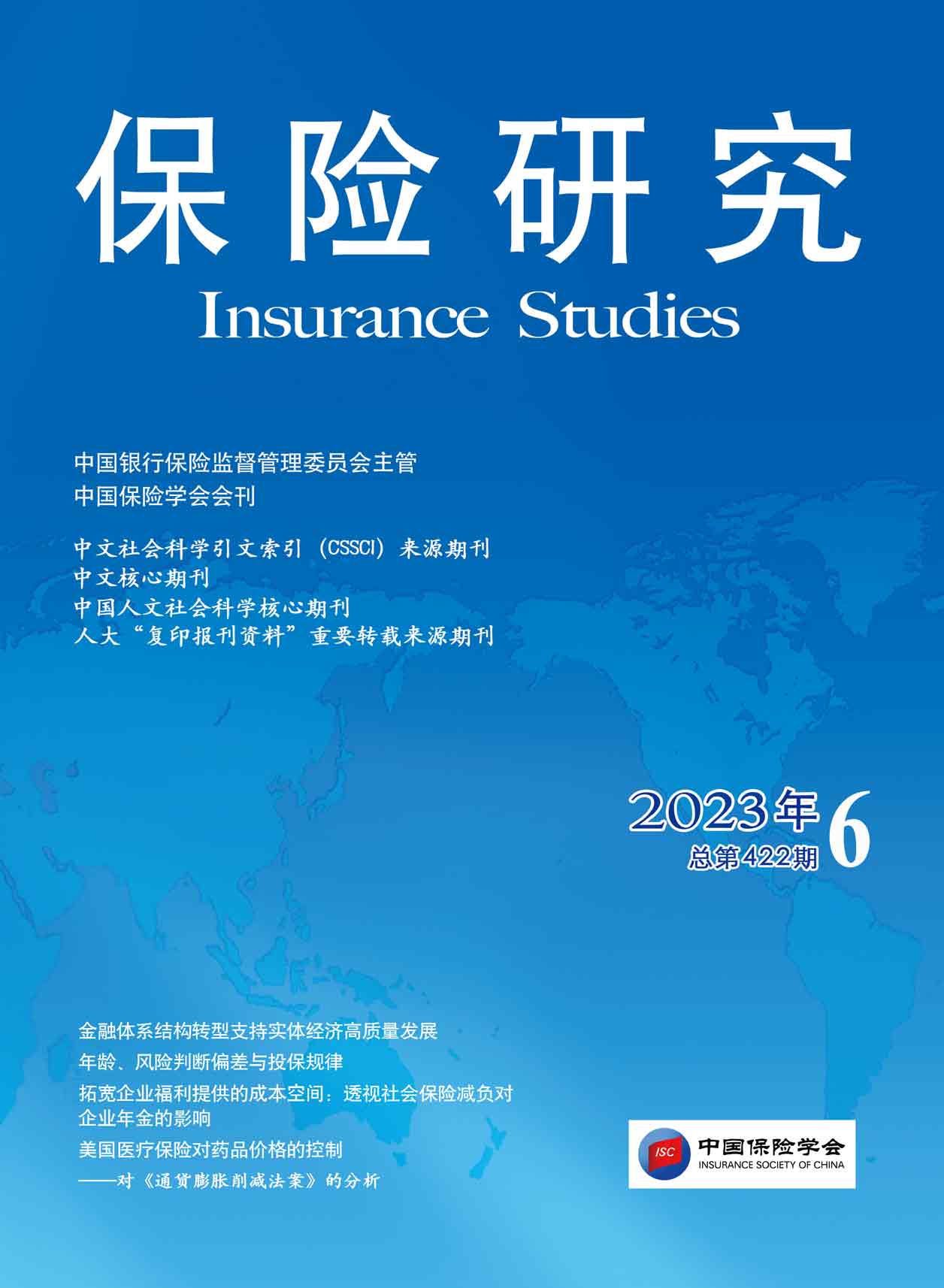
《保险研究》20230604-《巨灾保险需求不足问题研究——基于Moran过程的演化动态分析》(刘玮、孙双琳)
[中图分类号]F842.64[文献标识码]A[文章编号]1004-3306(2023)06-0046-16 DOI:10.13497/j.cnki.is.2023.06.004
资源价格:30积分
- 内容介绍
[摘 要]需求不足是阻碍巨灾保险市场发展及效能发挥的重要问题。基于消费者群体内部社会学习和互惠机制,分析巨灾保险参保决策的演化轨迹,可为巨灾保险需求不足问题提供解决思路。本文引入生物群落策略更新的Moran过程,模拟消费者巨灾保险参保决策中的社会学习和互惠机制,针对不同风险厌恶水平及期望效用认知的消费者,分析参保策略演化成为演化稳定策略、风险占优策略或有利策略的条件,以及政府的保费补贴、灾后救助和防灾减灾措施的调节作用,并以城乡居民住宅地震巨灾保险为例进行数值模拟。本研究旨在分析政府保费补贴作为对参保者的奖励机制,在提升群体参保率上的效果,以及保费补贴水平的合理区间,为政府巨灾保险保费补贴机制提供理论依据。研究显示:对风险厌恶水平低的消费者,保费补贴可使参保策略成为风险占优策略,参保率达到50%以上。然而,对风险厌恶水平高的消费者,保费补贴作用有限,需寻求其他促进社会学习和互惠的激励机制。本文基于Moran过程的演化动态分析,拓展了巨灾保险需求不足问题的研究视角,提供了对该问题的合理解释和相关建议。
[关键词]巨灾保险需求;Moran过程;演化动态分析
[基金项目]教育部规划基金:基于改善财政涉灾资金缺口的财政巨灾指数保险研究(21YJA790041);教育部人文社会科学研究一般项目——青年基金项目:服务财政救灾支出缺口的财政巨灾指数保险:风险责任度量和实现机制研究(22YJA790034)
[作者简介]刘玮,南开大学灾害风险管理与巨灾保险研究中心主任、南开大学金融学院风险管理与保险学系教授、博士生导师;孙双琳(通讯作者),南开大学金融学院保险学专业博士研究生。
A Research on Insufficient Demand for Catastrophe Insurance —Based on an evolutionary dynamic analysis on Moran process
LIU Wei,SUN Shuang-lin
Abstract:Low demand for catastrophe insurance is an important problem inhibiting the development and functioning of the catastrophic insurance market.Based on the social leaning and reciprocal mechanism within the consumer group,an analysis on the evolutionary process of the catastrophe insurance purchase decision-making,may offer some insights on solving the problem of insufficient demand.For consumers with different levels of risk-aversion and expected utility perception,the paper applies the Biotic-community Strategy-updated Morgan process to simulate the social leaning and reciprocal mechanism in catastrophe insurance purchase decision-making,decipher the conditions for the insurance purchase strategy to evolve into ESS,RD or AD,and measure the regulating effects of government’s premium subsidy,post-disaster relief,and disaster prevention and deduction.The above results are then simulated with the earthquake catastrophe insurance of urban and rural residences.The research aims to analyze the effects of government premium subsidy,as a reward mechanism,in lifting the insurance participation rate of a group,the rational range of premium subsidy,thus providing theoretical basis for the government premium subsidy mechanism on catastrophe insurance.This research shows that: for people with low risk aversion levels,premium subsidy can turn their participation strategy into an RD strategy with a participation rate of over 50%.However,the effect of subsidy is limited for high risk-aversion group,therefore,other social learning and reciprocal incentivizing mechanisms should be accorded to.The evolutionary dynamic analysis based on Moran process expands the research perspective of the insufficient demand for catastrophe insurance,and provides rational explanations and feasible solutions.
Key words:catastrophic insurance demand; Moran process; evolutionary dynamic analysis

《保险研究》20231001-《近年来西方保险理论研究的重点及演变趋势》(王稳、周娅乐、李雪)

《保险研究》20231002-《国家生育政策调整对家庭人身保险需求的影响》(孙伟、张慧丽)
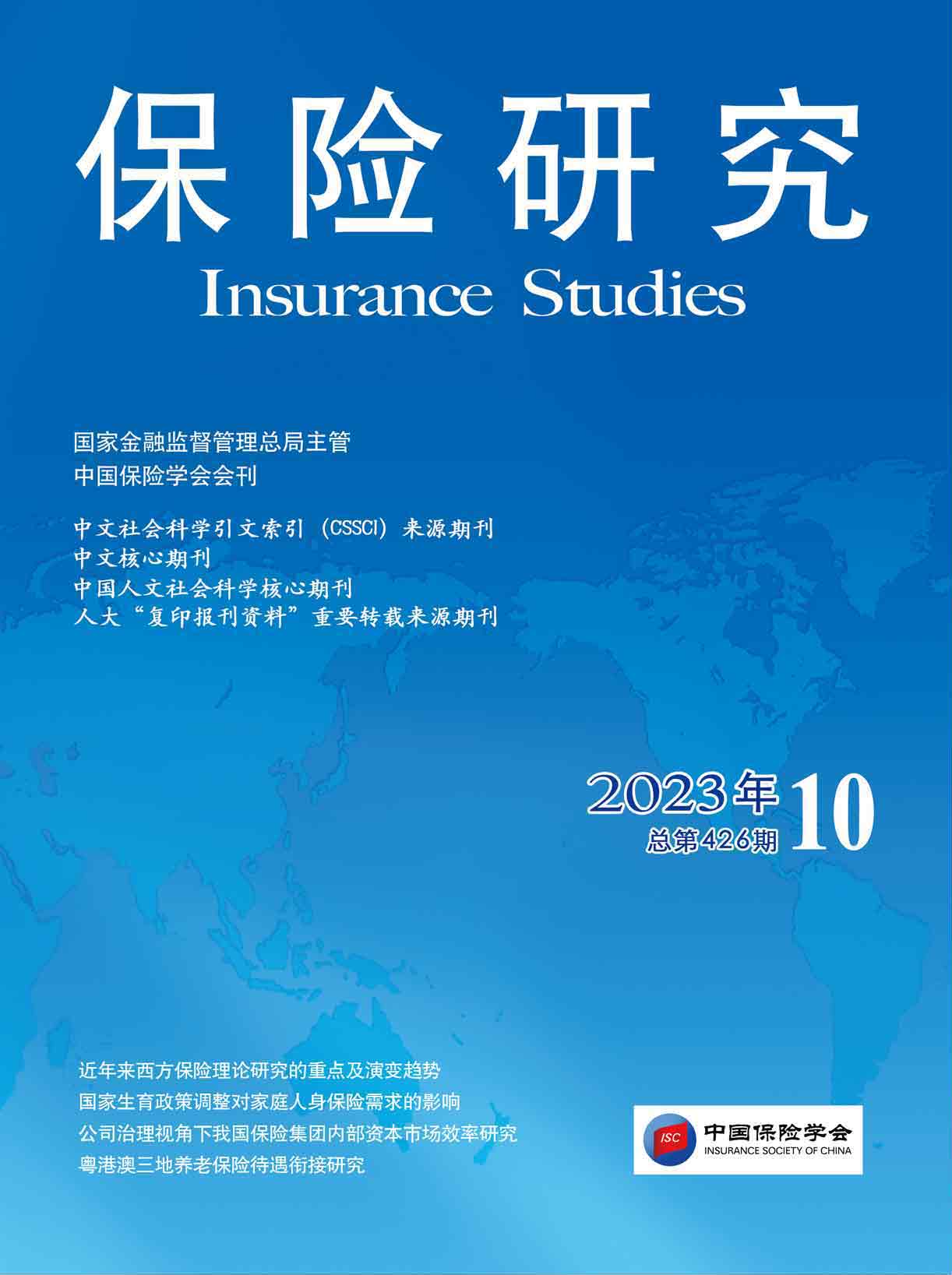
《保险研究》20231003-《财政补贴政策对商业长期护理保险市场扩散的传导机制与影响效果研究》(赵娜、陈凯)
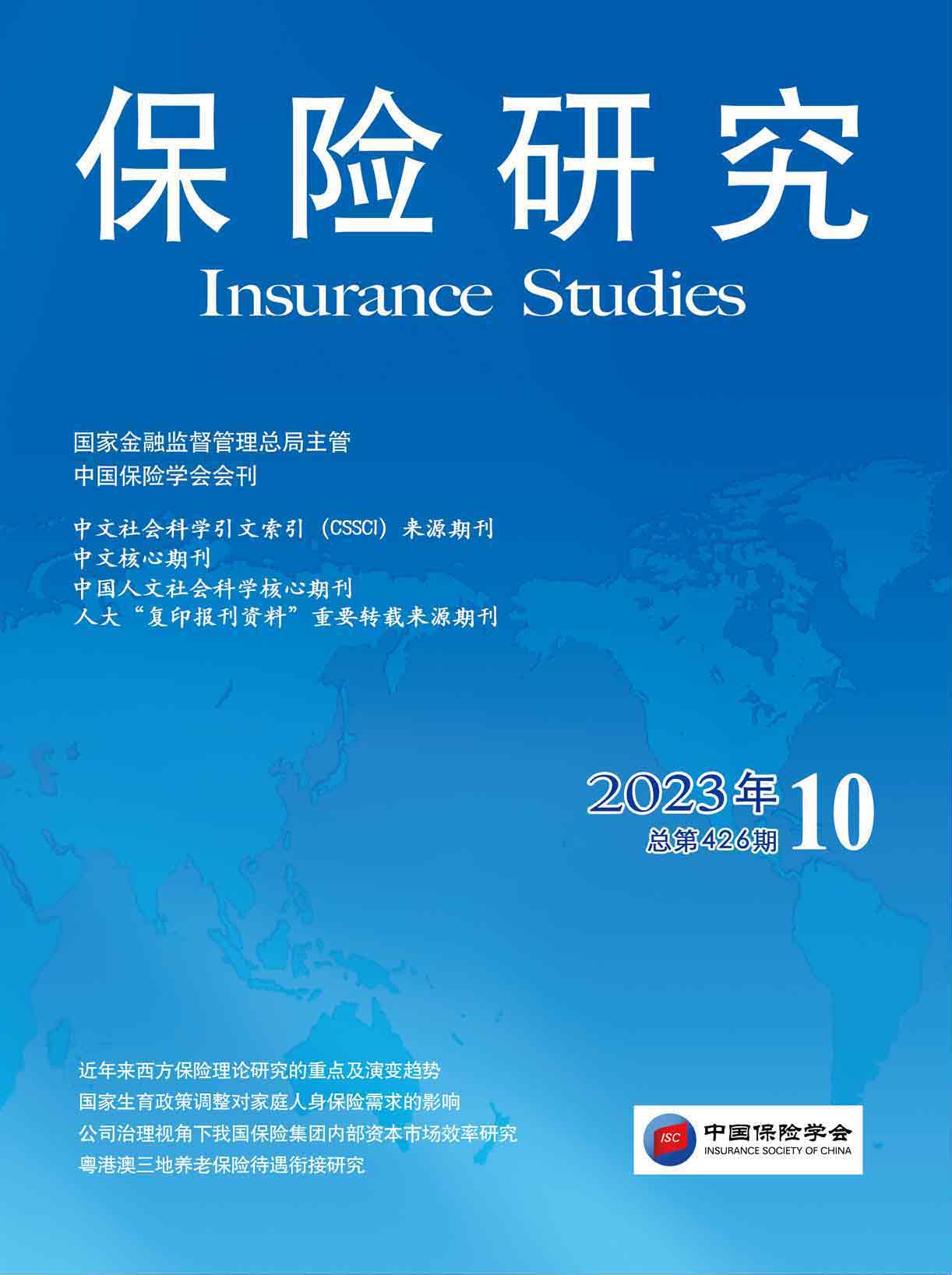
《保险研究》20231004-《公司治理视角下我国保险集团内部资本市场效率研究》(王艳、陈天任)
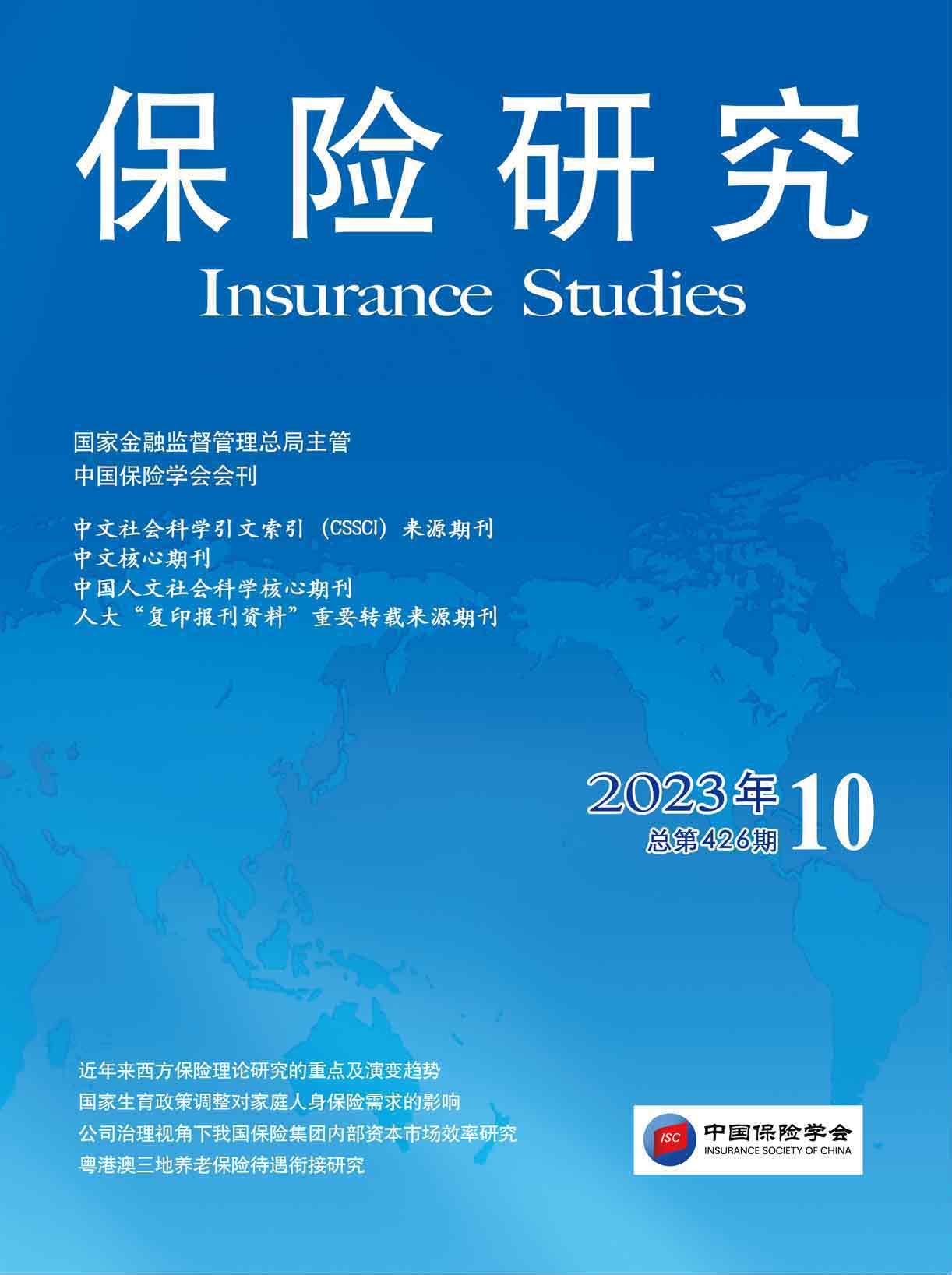
《保险研究》20231005-《新偿付能力监管下保险公司信息系统操作风险量化管理研究》(赵蕾)
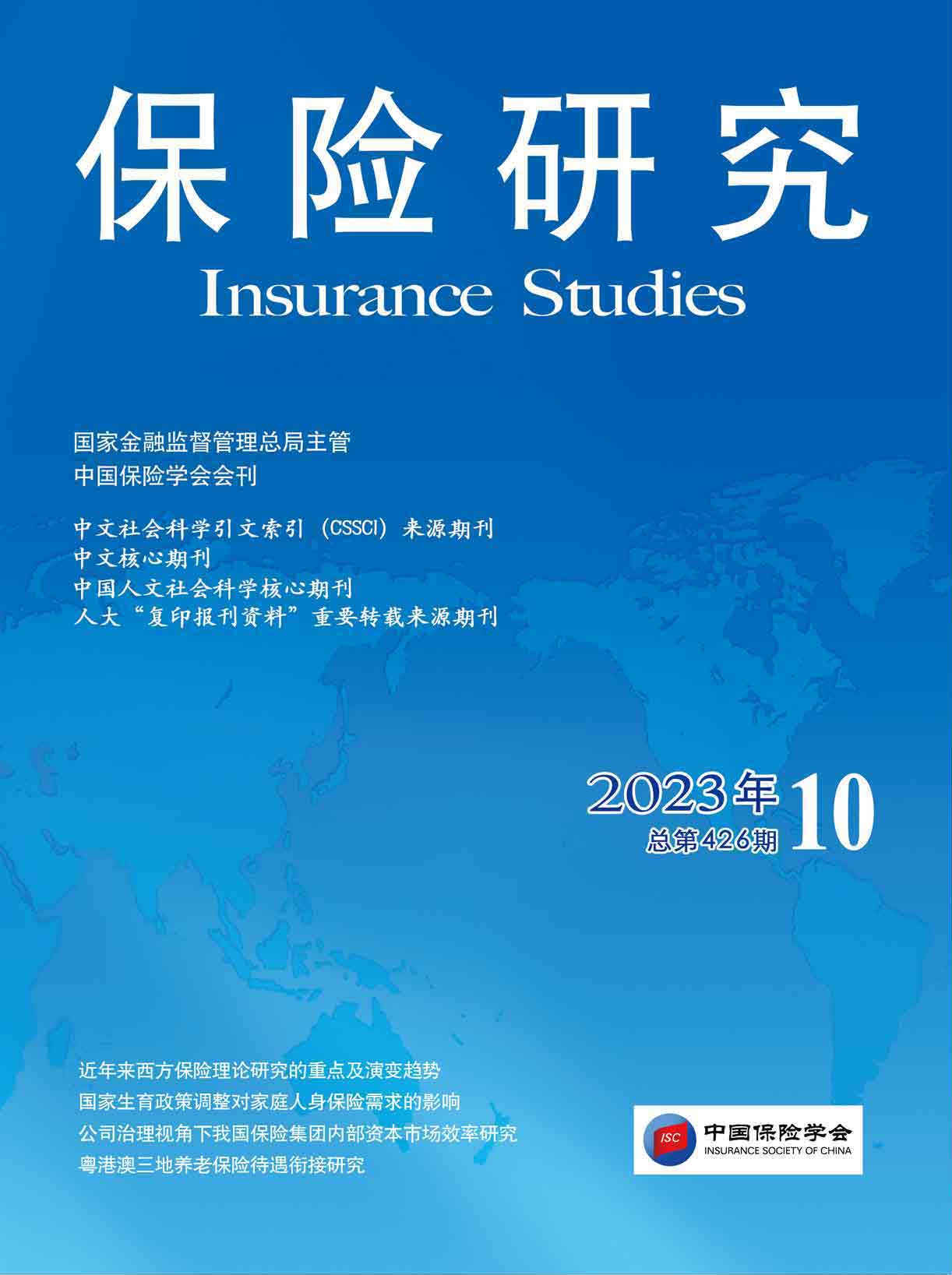
《保险研究》20231006-《医保待遇变化、自付医疗费用与疾病经济负担——基于健康扶贫政策冲击的分析》(吕国营、张需)
